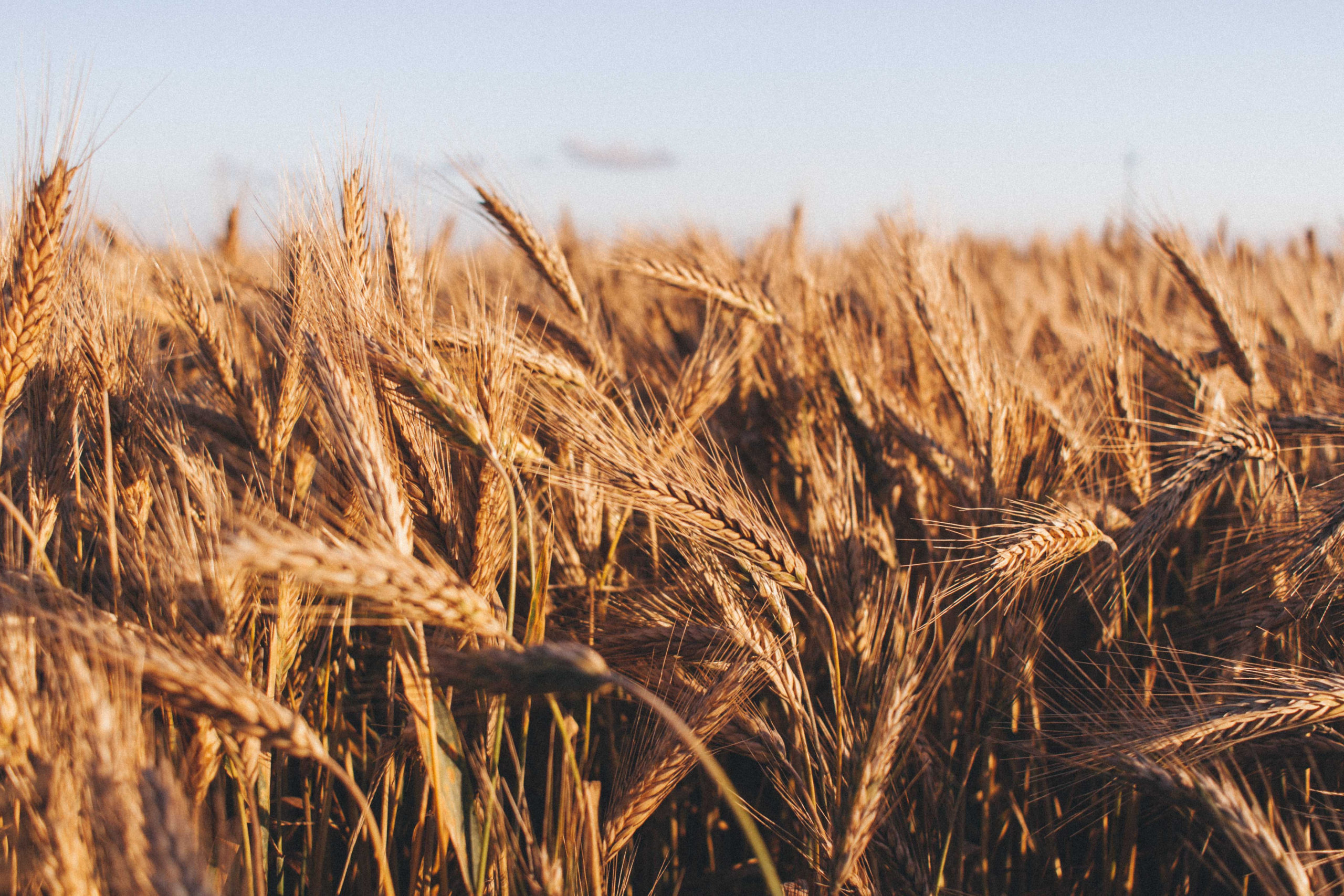As the gluten free diet has gained popularity and traction over the years, so has the dairy free diet. So, what does the science tell us about ditching dairy? Is it just trendy or are there solid reasons to go dairy free? The USDA still advocates intake of low fat dairy and the consumption of cow’s milk daily. But is this a blanket recommendation that stands for all? Let’s take a deeper dive into the world of dairy and take a look at the research.
Lactose intolerance vs. Food sensitivity
One important thing to note here is that having a sensitivity to either of the main proteins in dairy (casein and whey) is different than a lactose intolerance. A food sensitivity is a delayed hypersensitivity reaction. Your immune system treats a food protein as a foreign invader. Conversely, a food intolerance means you lack the enzyme to break down the food molecule.
Casein makes up 80% of the protein in milk, while whey makes up 20%. During cheese making, the solids (casein) in milk are separated from the liquid (whey). The whey can then be dried and made into protein powders. Conversely, lactose is a carbohydrate which needs to be broken down by enzyme lactase, made in the brush border of the small intestine. Without this enzyme, lactose remains intact and causes digestive trouble like bloating, gas, nausea and diarrhea. As we age, levels of lactase decrease. Perhaps this is a clue that we are not genetically designed to drink milk into adulthood!
For those who have a food sensitivity, the proteins pose the problem. With a food sensitivity, your immune system inappropriately tags a protein molecule as a foreign invader. You may form antibodies to the protein, or other white blood cells called lymphocytes enter the mix, causing inflammation and tissue damage. Cow’s milk contains a protein called A1 casein which many find hard to digest. A2 casein which is found in goat’s or sheep’s milk may be a better option for some!
Of course, with all food sensitivities, work with a trusted professional who can help you identify food sensitivities to avoid over restricting foods. By healing the gut lining, many find that they can tolerate most foods again. Dairy is particularly tricky to ascertain sensitivities to due to the mixture of many different proteins. For example, the proteins in cheese are different from those in milk, and they can also differ based on the diet of the animal.
Dairy and Hormones
Cow milk contains over 60 different hormones, many of which are anabolic (meaning they cause cell growth). This is great for calves that need to get big quickly, but not so great for humans. Among these hormones is one called insulin like growth factor – 1 or IGF-1. Increased IGF-1 levels have been linked to increased risk of cancers (especially prostate cancers), as well as kidney and heart disease and diabetes. Researchers have also found that those with low IGF-1 levels live the longest and have reduced rates of cancer. Of course, this is not to say that milk consumption causes disease. Rather, it shows a possible increased risk due to milk’s ability to raise hormones like IGF-1.
Cows are often milked when they are pregnant, meaning that it also contains high levels of growth hormone, estrogen, progesterone and testosterone. In fact, studies have shown associations between increasing dairy food and decreasing estrogen concentrations in women, also finding that cream and yogurt intake is linked to increased risk of sporadic anovulation. While not causative, these results show the potential role of dairy in reproductive function in healthy women. One possible explanation for this is that exogenous (outside) sources of hormones in cow’s milk may disrupt and reduce our own bodies’ normal estrogen production, which causes issues with ovulation and fertility.
Another piece of the puzzle may be the fat content in dairy. This study showed that high intake of low-fat dairy foods may increase the risk of anovulatory infertility whereas intake of high-fat dairy foods may decrease this risk. This points to the possible protective qualities of the fat content in dairy foods, and gives you another reason to skip the skim milk!
Low fat vs. Full fat dairy
The dietary guidelines surrounding dairy consumptions promote the intake of low fat dairy and reduction of saturated fats. However, studies consistently show that saturated fat intake is not indicative of increased risk of heart disease. In fact, margaric acid, the main saturated fat in dairy, has found to be protective of cardiovascular disease. Additionally, men and women with higher levels of fatty acids from dairy have been found to have a reduced risk of Type 2 Diabetes. Just more proof that the fat in dairy is not the problem.
When we remove the fat from dairy, we also strip it of its amazing fat soluble vitamins – like Vitamin A and D. Skim milk has to have these fat soluble vitamins added back to the milk, but the truth is that we need fat to absorb these vitamins. So, even with this fortification, we likely aren’t absorbing these vitamins efficiently in low fat dairy products. The bottom line: If you include dairy in your diet, opt for whole milk or full fat dairy products over their skim or non-fat cousins.
Is dairy inflammatory?
While research has shown that dairy intake does not appear to be linked to increased markers of inflammation in healthy adults, other evidence exists that those with certain conditions do better on a dairy free diet. If you have gastrointestinal issues like irritable bowel syndrome/SIBO, celiac disease with unresolved symptoms on a gluten free diet, or another autoimmune disease (like ulcerative colitis, Crohn’s disease, Hashimoto’s or Multiple Sclerosis, a dairy free trial may be beneficial for you. One study found that casein produced a mucosal inflammatory response similar to that of gluten in about 50% of the study participants with celiac disease. The reason for this is likely that there are similarities in the molecular structure between casein and gliadin (a specific gluten protein), causing a cross reaction known as molecular mimicry.
More research is coming to light regarding the concept of molecular mimicry as a possible trigger in autoimmune conditions. Molecular mimicry is the theory that self-antigens (our own bodies’ proteins)may look structurally similar to those in viruses, endotoxins, environmental chemicals or even food proteins like gluten or casein. As the innate immune system reacts to the virus, food protein or toxin, it also tags the look alike as a foreign invader and mounts an attack on the body’s own tissues. Specifically, the dairy protein casein has been found to increase T cell and antibody immune responses. These responses are linked to the development of Type 1 Diabetes, a condition where the insulin producing cells in the pancreas are attacked and destroyed by the immune system.
Dairy and Acne
This study found that dairy consumption (especially milk and whey) increased IGF-1 and insulin levels which may have an impact on acne. Insulin tells the ovaries to produce more testosterone, which is linked to increased acne, infertility and PCOS. Another systemic review found that all milk and yogurt intake regardless of fat content was associated with higher odds of acne in children, adolescents and young adults, while cheese intake was associated only with a slight increase.
High Calcium Dairy Free Foods
One nutrient of concern for those who don’t eat dairy is calcium. While dairy foods are high in this mineral essential for muscle contraction and bone health, if you decide to eschew dairy you need not necessarily be deficient in this nutrient. Green leafy vegetables like kale, Swiss chard and spinach, sesame seeds, beans, almonds, sardines, tofu, soy milk, and sockeye salmon are all wonderful sources of calcium. We recommend including these foods in your diet even if you DO eat dairy.
Considerations about antibiotic use, quality and factory farming in dairy production
Much of the dairy the standard American is consuming comes from feedlot cows that are crowded into small spaces with little to no access to the outdoors. Their calves are separated from them right after birth and are not allowed to nurse. Conversely, cows that are allowed to graze and are pastured will produce dairy that is less inflammatory and has a better nutrient profile. Eating grass-fed, organic dairy reduces our exposures to environmental toxins like herbicides and pesticides and nullifies the issue of eating dairy from cows fed a genetically modified, inflammatory grain based diet. Many of us are also rightly concerned about the ethical treatment of animals. If you do eat dairy, look for labels like Certified Humane, American Grass fed or American Humane Certified.
It is important to note that dairy farms have a large impact on the environment because of how much water is needed to maintain them, and because of how the practice of overgrazing and thereby soil depletion contributes to higher carbon emissions. However, when we let cows graze on land that is not otherwise farmable and manage grazing in a more sustainable way, it improves the quality of the soil and its biodiversity while reducing carbon emissions by sequestering it in the soil. This is known as regenerative agriculture, and many are coming to see this way of farming as sustainable for the future, allowing farming practices to be a part of the solution for global warming, instead of part of the problem. While much remains to be studied and researched about this way of farming, it’s clear that well managed grazing may actually help sequester carbon emissions by restoring soil biodiversity and improving the water runoff. Another consideration is that sheep and goats produce less methane and require fewer resources, perhaps making them a better choice if you like dairy but are cognizant of its environmental impact.
While the use of antibiotics in cows are supposedly controlled and regulated, one report estimated that while only 16% of lactating dairy cows received antibiotic treatment, nearly all dairy cows receive prophylactic doses of antibiotics following each lactation cycle. Another such report found that antibiotic residue is often found in milk samples despite having programs in place that are supposed to test milk for antibiotic residues. Concerns regarding overexposure to antibiotics thereby promoting antibiotic resistance in the population have grown over the years. Choosing USDA certified organic dairy will ensure a limited exposure to antibiotics.
What to Eat However You Eat
If you choose to eat dairy: Some find they do okay with goat or sheep’s dairy because the protein content is slightly different than cow’s milk and contains A2 casein instead of A1. Additionally, occasional intake of organic, pastured dairy like cheese or yogurt is probably okay for most folks that don’t have a dairy sensitivity or lactose intolerance. However, avoiding cow’s milk for the most part in all forms (cream, half n half, ice cream, etc.) is generally going to benefit your health. Ideally, choose organic, full fat, pastured and humanely raised dairy products. Eating high quality dairy will minimize exposures to pesticides, hormones, and antibiotics/steroids and supports the humane treatment of animals.
If you choose not to eat dairy:
Milk – Try coconut, oat, soy, macadamia, or almond milk! With nut milks, the fewer ingredients the better. Avoid those with added sugars especially.
Cheese – Cashew cheese or nutritional yeast give a great cheesy flavor without the dairy.
Yogurt – Soy milk, cashew milk or almond milk yogurt or all great options. Be aware that many yogurt substitutes are packed with sugar, so opt for an unsweetened variety. Non-dairy yogurts also don’t have the same protein and calcium content that dairy yogurts do, so adjust your daily intake accordingly to make sure you’re filling in your nutrient gaps.
Written by Elizabeth McKinney MS,CNS, LDN



